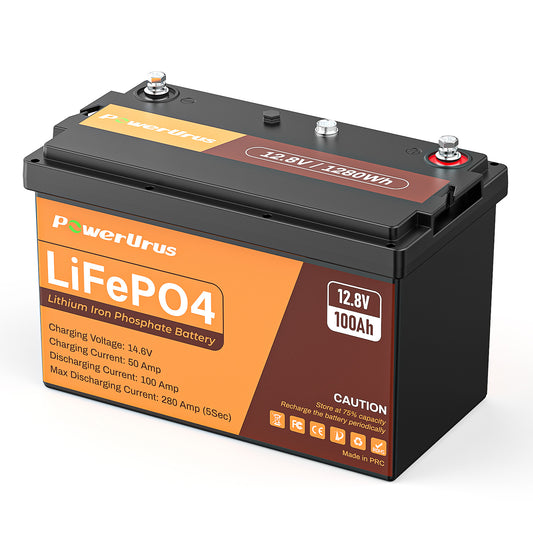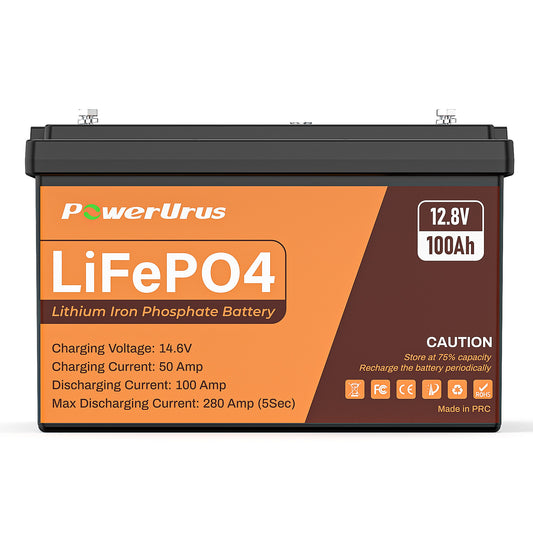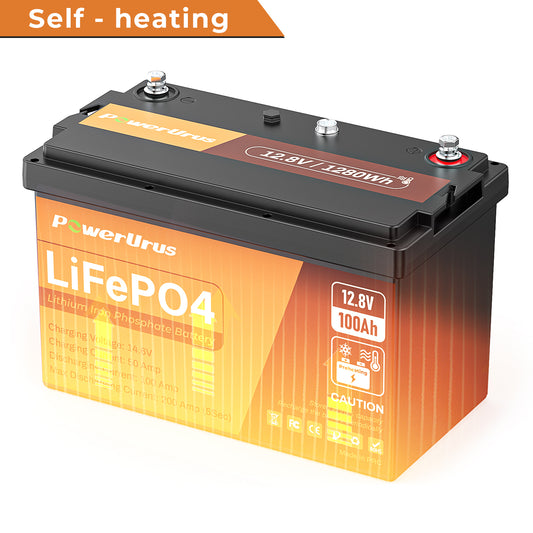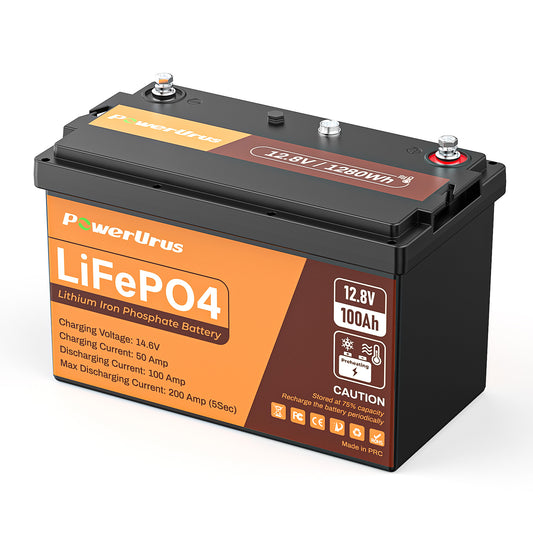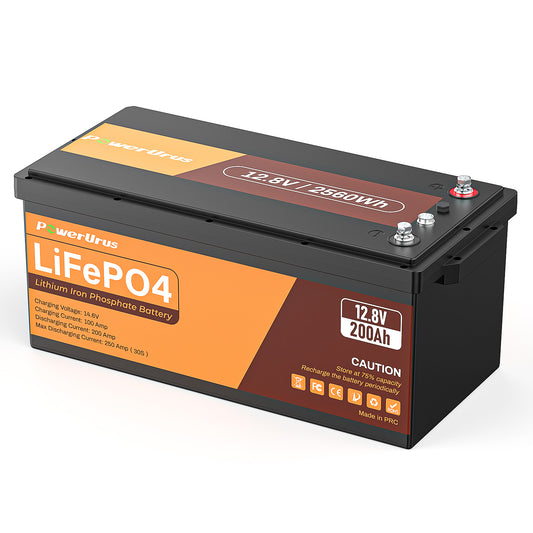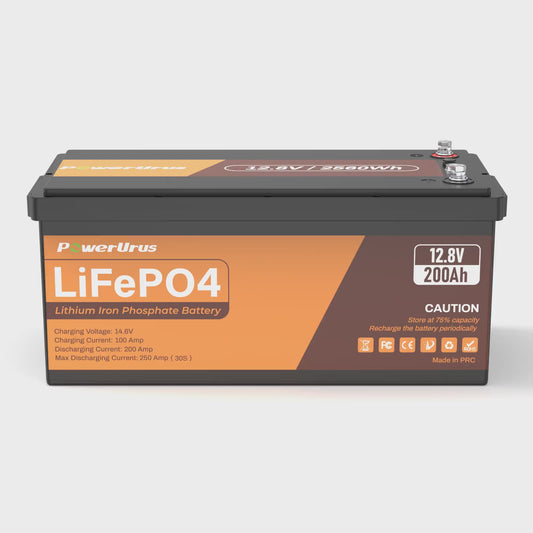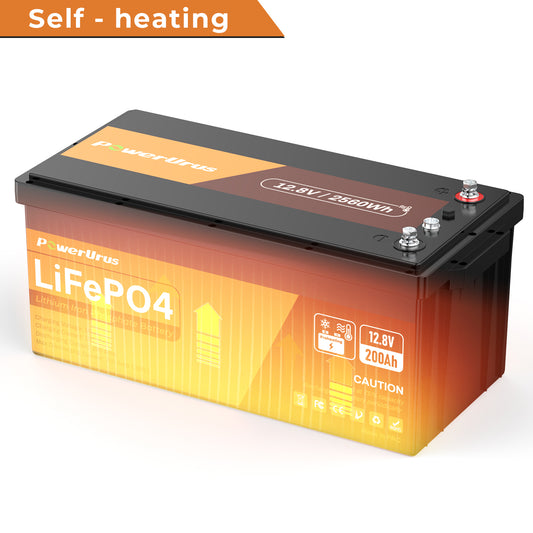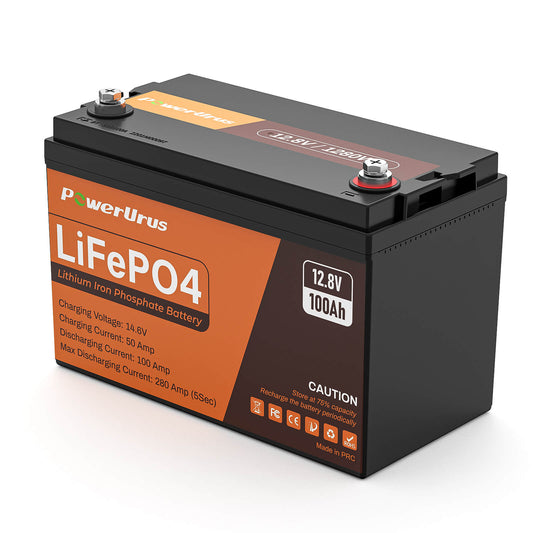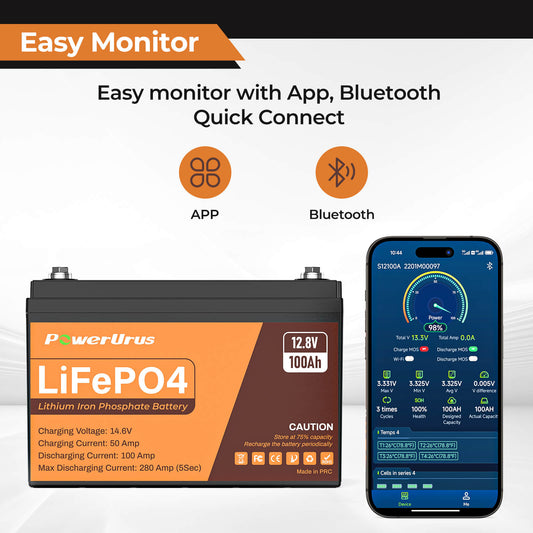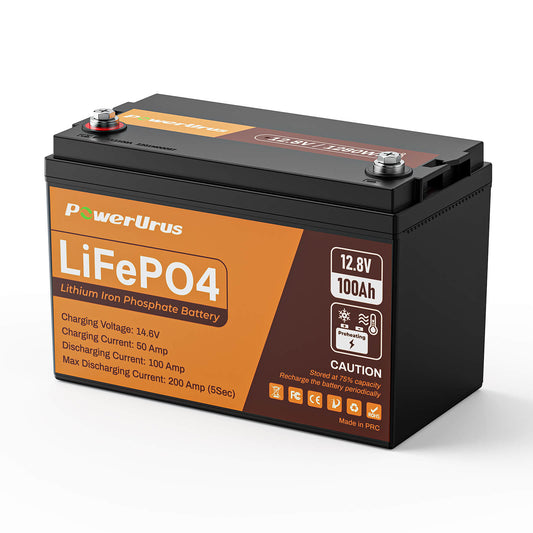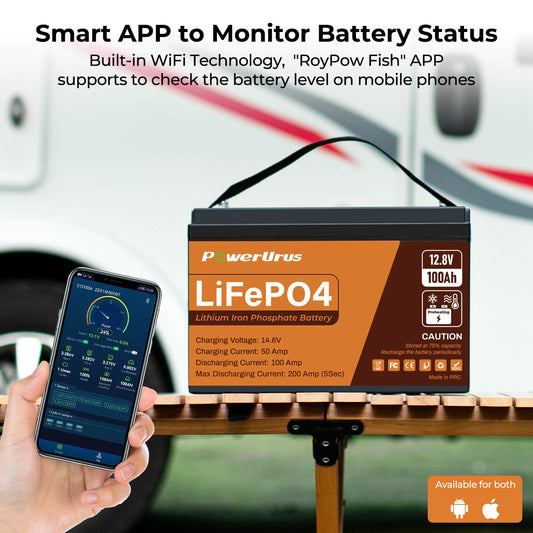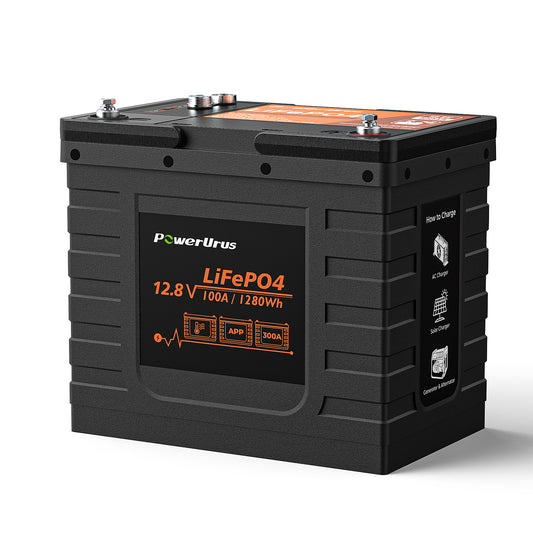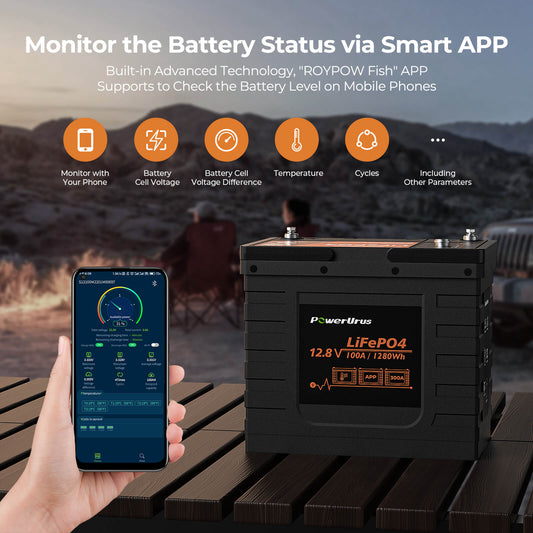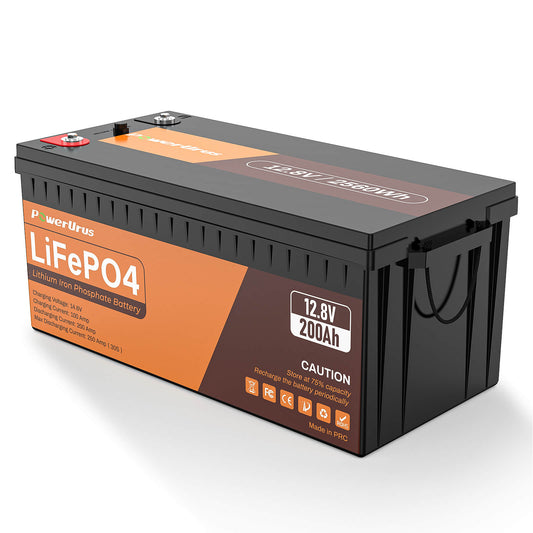How to Power Your RV Off-Grid: Choosing the Right Lithium Battery for Extended Camping
For RV adventurers, reliable off-grid power is essential—whether you’re boondocking in the desert or camping in remote forests. Lithium iron phosphate (LiFePO4) batteries have revolutionized RV energy systems, offering unmatched durability, safety, and efficiency for extended trips. Here’s how to choose the right battery to keep your adventures powered:
1. Prioritize Capacity and Scalability
Start by calculating your daily energy needs. For example, a 100Ah LiFePO4 battery stores 1,280Wh (12.8V × 100Ah), enough to run a 50W fridge for ~24 hours. For larger setups, consider high-capacity models like the REGO 12V 400Ah LiFePO4 battery, which provides 5.12kWh in a single unit and can expand to 40kWh by connecting up to eight batteries in parallel. This scalability ensures you can power energy-intensive appliances like air conditioners or microwaves without compromise.
2. Opt for Longevity and Cycle Life
LiFePO4 batteries outperform traditional lead-acid or lithium-ion options with 2,000–6,000 charge cycles. For instance, a 150Ah LiFePO4 battery can last over 10 years with daily use, making it a cost-effective investment for full-time RVers. Their ability to handle deep discharges (80–100% DoD) without degradation ensures consistent performance trip after trip.
3. Safety and Durability Are Non-Negotiable
LiFePO4’s iron phosphate chemistry is non-flammable and resistant to thermal runaway, a critical feature for confined RV spaces. Advanced Battery Management Systems (BMS) monitor temperature, voltage, and current to prevent overcharging, short circuits, or overheating. Rugged designs, such as aluminum casings and vibration-resistant builds, withstand harsh road conditions and extreme temperatures (-20°C to 60°C).
4. Lightweight and Space-Saving Design
LiFePO4 batteries are 50–70% lighter than lead-acid alternatives, reducing RV weight and improving fuel efficiency. Compact models, like the Super B LiFePO4 series, save space in tight compartments while delivering high energy density. This makes them ideal for RVs where every pound and inch counts.
5. Solar Compatibility for Sustainable Power
Pairing LiFePO4 batteries with solar panels maximizes off-grid independence. Their high charge acceptance allows them to recharge 3–5x faster than lead-acid batteries, even in low sunlight. For example, a 200W solar panel can fully recharge a 100Ah LiFePO4 battery in 5–6 hours, ensuring continuous power during cloudy days.
Pro Tips for Installation
Match Voltage: Ensure your RV’s inverter and solar charge controller are compatible with LiFePO4 batteries.
Monitor Usage: Use Bluetooth-enabled BMS apps to track real-time energy consumption and avoid over-discharging.
Prioritize Maintenance-Free Models: Avoid acid leaks and water refills with sealed, zero-maintenance designs.
Power Your Journey with Confidence
LiFePO4 batteries combine safety, longevity, and solar readiness to keep your RV adventures limitless. Whether you’re a weekend warrior or a full-time nomad, upgrading to LiFePO4 ensures reliable power—no matter where the road takes you.

